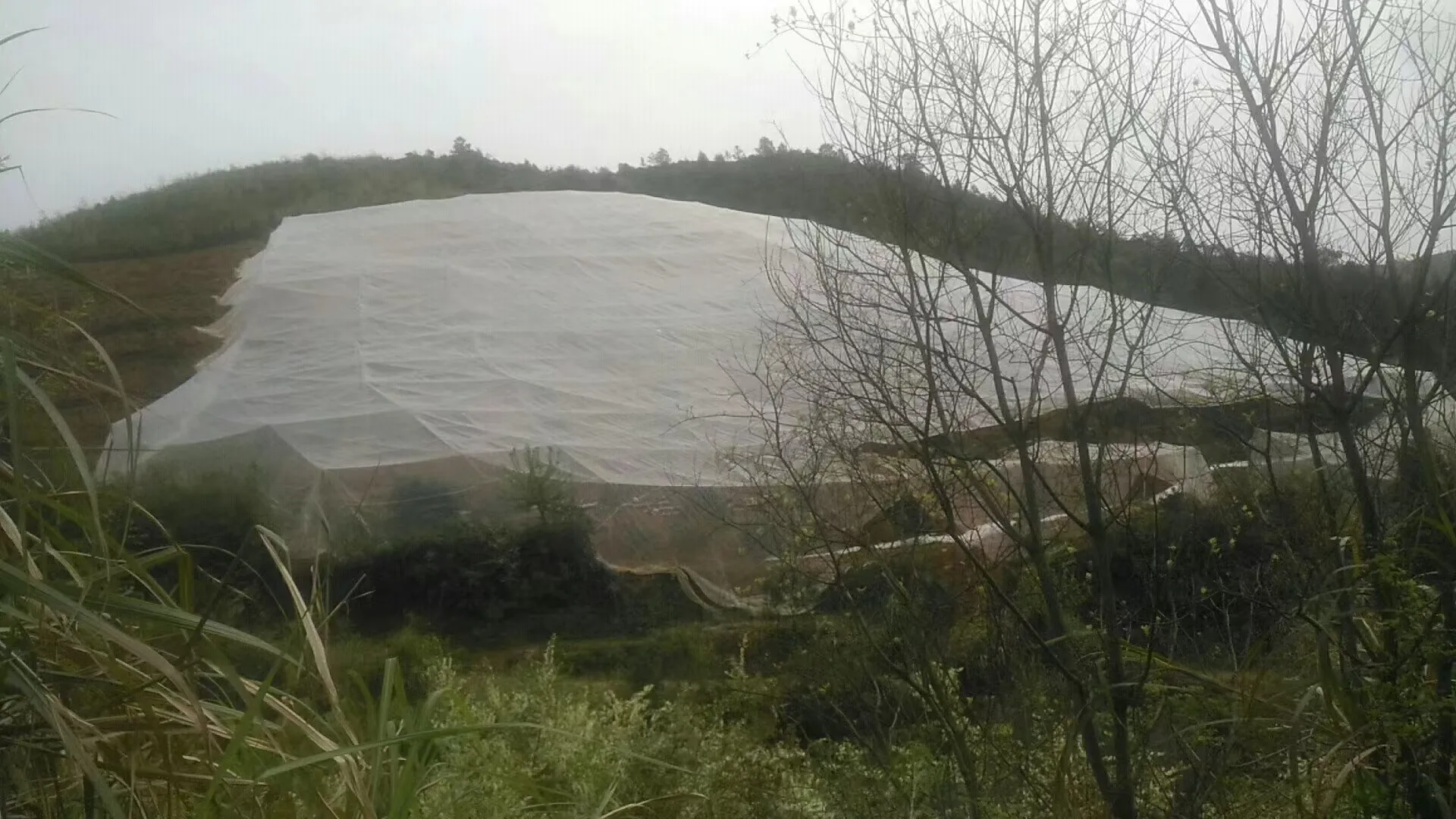-
 Afrikaans
Afrikaans -
 Albanian
Albanian -
 Amharic
Amharic -
 Arabic
Arabic -
 Armenian
Armenian -
 Azerbaijani
Azerbaijani -
 Basque
Basque -
 Belarusian
Belarusian -
 Bengali
Bengali -
 Bosnian
Bosnian -
 Bulgarian
Bulgarian -
 Catalan
Catalan -
 Cebuano
Cebuano -
 China
China -
 Corsican
Corsican -
 Croatian
Croatian -
 Czech
Czech -
 Danish
Danish -
 Dutch
Dutch -
 English
English -
 Esperanto
Esperanto -
 Estonian
Estonian -
 Finnish
Finnish -
 French
French -
 Frisian
Frisian -
 Galician
Galician -
 Georgian
Georgian -
 German
German -
 Greek
Greek -
 Gujarati
Gujarati -
 Haitian Creole
Haitian Creole -
 hausa
hausa -
 hawaiian
hawaiian -
 Hebrew
Hebrew -
 Hindi
Hindi -
 Miao
Miao -
 Hungarian
Hungarian -
 Icelandic
Icelandic -
 igbo
igbo -
 Indonesian
Indonesian -
 irish
irish -
 Italian
Italian -
 Japanese
Japanese -
 Javanese
Javanese -
 Kannada
Kannada -
 kazakh
kazakh -
 Khmer
Khmer -
 Rwandese
Rwandese -
 Korean
Korean -
 Kurdish
Kurdish -
 Kyrgyz
Kyrgyz -
 Lao
Lao -
 Latin
Latin -
 Latvian
Latvian -
 Lithuanian
Lithuanian -
 Luxembourgish
Luxembourgish -
 Macedonian
Macedonian -
 Malgashi
Malgashi -
 Malay
Malay -
 Malayalam
Malayalam -
 Maltese
Maltese -
 Maori
Maori -
 Marathi
Marathi -
 Mongolian
Mongolian -
 Myanmar
Myanmar -
 Nepali
Nepali -
 Norwegian
Norwegian -
 Norwegian
Norwegian -
 Occitan
Occitan -
 Pashto
Pashto -
 Persian
Persian -
 Polish
Polish -
 Portuguese
Portuguese -
 Punjabi
Punjabi -
 Romanian
Romanian -
 Russian
Russian -
 Samoan
Samoan -
 Scottish Gaelic
Scottish Gaelic -
 Serbian
Serbian -
 Sesotho
Sesotho -
 Shona
Shona -
 Sindhi
Sindhi -
 Sinhala
Sinhala -
 Slovak
Slovak -
 Slovenian
Slovenian -
 Somali
Somali -
 Spanish
Spanish -
 Sundanese
Sundanese -
 Swahili
Swahili -
 Swedish
Swedish -
 Tagalog
Tagalog -
 Tajik
Tajik -
 Tamil
Tamil -
 Tatar
Tatar -
 Telugu
Telugu -
 Thai
Thai -
 Turkish
Turkish -
 Turkmen
Turkmen -
 Ukrainian
Ukrainian -
 Urdu
Urdu -
 Uighur
Uighur -
 Uzbek
Uzbek -
 Vietnamese
Vietnamese -
 Welsh
Welsh -
 Bantu
Bantu -
 Yiddish
Yiddish -
 Yoruba
Yoruba -
 Zulu
Zulu
Effective Solutions for Large Bird Netting to Protect Crops and Buildings
Large Bird Netting A Sustainable Solution for Protecting Crops and Biodiversity
In recent years, the agricultural industry has faced numerous challenges, particularly concerning pest control and crop protection. Among the most effective and environmentally friendly solutions is the use of large bird netting. This innovative method not only protects crops from avian damage but also contributes to biodiversity conservation.
Large bird netting consists of durable, lightweight materials designed to create a barrier that prevents birds from accessing crops. The nets come in various sizes and mesh configurations, allowing farmers to choose the most suitable option for their specific needs. The primary advantage of this method lies in its ability to provide a physical barrier without harming the wildlife. Unlike chemical pesticides, bird netting poses no risks to non-target species or the surrounding ecosystem.
One of the key benefits of large bird netting is its effectiveness in safeguarding crops from birds that can cause significant damage. Birds, especially in agricultural regions, can be attracted to ripening fruits and grains, leading to considerable economic losses for farmers. By implementing bird netting, farmers can protect their harvests from species such as crows, starlings, and sparrows, ensuring a more abundant yield.
large bird netting

Moreover, large bird netting serves as a sustainable tool for wildlife management. As urban areas expand and natural habitats diminish, bird populations are often forced to invade agricultural zones in search of food. By using netting, farmers can create a more harmonious coexistence with nature, allowing birds to thrive in their native environments while preserving crops for human consumption. This can ultimately lead to enhanced biodiversity, as birds are less likely to encroach on agricultural lands when effective barriers are in place.
In addition to its agricultural applications, large bird netting can also be utilized in various other settings. For instance, it can be employed in vineyards, orchards, and even gardens to protect valuable plants from avian threats. The versatility of bird netting makes it a practical choice for both large-scale farmers and home gardeners.
The installation of large bird netting, while requiring an initial investment, has been shown to yield long-term benefits. By reducing crop losses, farmers can improve their overall profitability. Additionally, the use of bird netting minimizes the need for chemical interventions, thus promoting sustainable farming practices that align with modern ecological standards.
In summary, large bird netting represents a robust solution for protecting crops while fostering environmental sustainability. By employing this method, farmers can shield their produce from avian pests, contribute to the conservation of biodiversity, and promote a healthier ecosystem. As the agricultural industry continues to seek innovative and sustainable practices, large bird netting stands out as a promising tool for the future.
-
Shipping Plastic Bags for Every NeedNewsJul.24,2025
-
Safety Netting: Your Shield in ConstructionNewsJul.24,2025
-
Plastic Mesh Netting for Everyday UseNewsJul.24,2025
-
Nylon Netting for Every UseNewsJul.24,2025
-
Mesh Breeder Box for Fish TanksNewsJul.24,2025
-
Expanded Steel Mesh Offers Durable VersatilityNewsJul.24,2025











